18 March 2025
Remember the good ol’ days when you’d finish a game, absolutely satisfied, and then the announcement for a DLC would pop up like an unexpected dessert? It was like ordering a pizza and the delivery guy showing up with a free side of garlic bread. Sweet, delicious content that expanded your favorite games for a reasonable price. But now, instead of DLC, we’ve got microtransactions. And let’s be honest—paying $2.99 for a digital hat or a shiny weapon skin isn’t exactly the same as a new 10-hour questline.
So, what happened? Has the era of meaty, satisfying DLC slipped into obscurity while microtransactions took over like that overly chatty coworker who hijacks every meeting? Let’s talk about it. 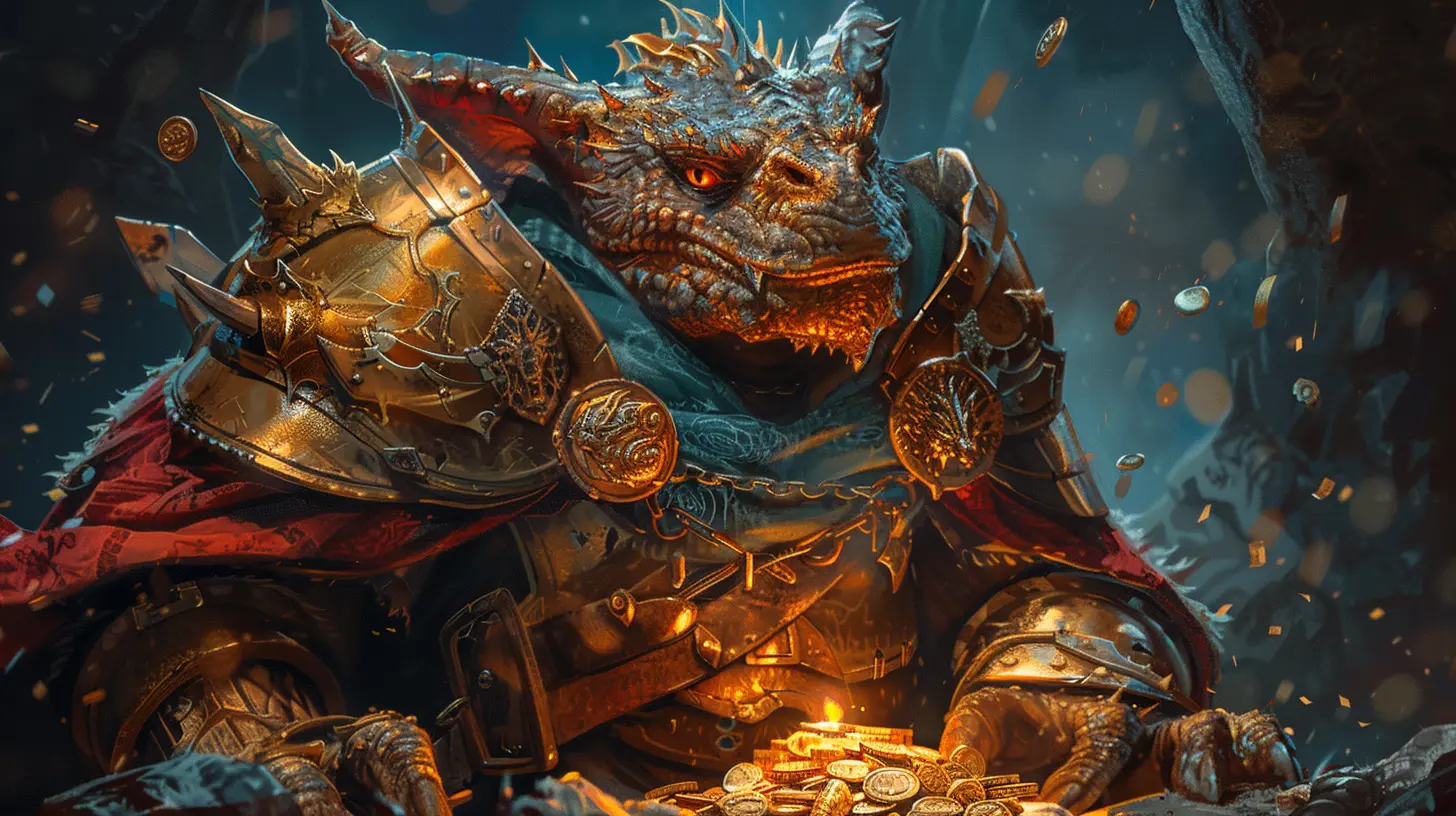
The Glory Days of DLC
Ah, DLC (Downloadable Content), the crown jewel of post-launch gaming. Back when DLC first became a thing, it felt like a love letter from developers to their fans. You’d finish a game, and the developers were like, “Hey, we noticed you enjoyed slaying dragons—how about we give you a whole new castle to raid and more terrifying dragons to fight?” And you were all in.Think about iconic DLCs like The Elder Scrolls IV: Oblivion’s “Shivering Isles” or The Witcher 3’s “Blood and Wine.” Those were more than just add-ons; they were practically games within games. You didn’t mind shelling out $20 because these expansion packs didn’t just add new items—they added entire worlds, characters, and stories. It was like getting a sequel without waiting five years.
But as gaming evolved, something started to shift. DLC, like our collective attention span, got... shorter. DLC content started feeling more like bonus sprinkles on an already-finished sundae instead of a full second scoop. And then, lurking in the shadows, microtransactions tiptoed in.
Microtransactions: The New Boss in Town
Microtransactions are like that one friend who conveniently forgets their wallet every time you go out for coffee. They seem harmless at first—“Oh, it’s just $1.99, no big deal!”—but over time, they sneakily drain your bank account while delivering far less value than you expected.Let’s break it down. Microtransactions started showing up mostly in free-to-play games. Fair enough, right? You’re playing a game for free, and the devs need to make some cash. But then big-budget, $70 AAA titles started adding microtransactions, and suddenly, it felt less like a game and more like a Vegas casino. Only instead of poker chips, you’re spending real money on loot boxes for a 0.001% chance of unlocking that legendary skin.
And can we talk about Battle Passes for a second? It’s like paying for a gym membership but only getting access to the treadmill if you meet your weekly step goal. “Oh, you want this exclusive emote? Better grind for 30 hours or cough up another $10.” Like, come on. 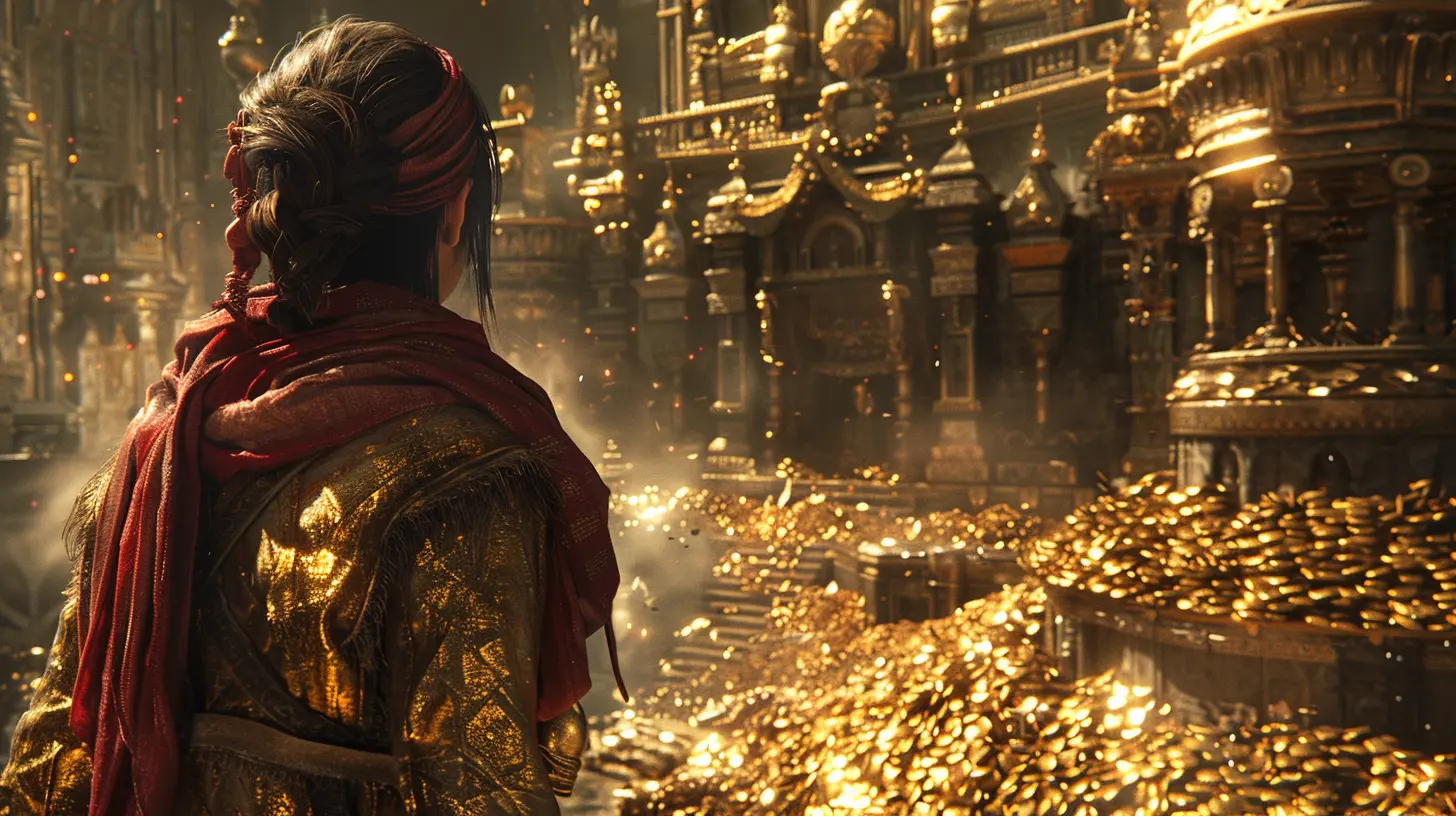
Why the Shift?
Okay, so why are we here, staring at the grave of glorious, story-rich DLC while microtransactions dance on its coffin? The short answer: Money.Game development is expensive—like, really expensive. We’re talking budgets that rival blockbuster movies. So instead of pouring resources into creating massive DLC expansions, publishers realized, “Hey, we can make way more money selling virtual coins, skins, and season passes piecemeal.” And guess what? It worked.
Games like Fortnite, Genshin Impact, and Apex Legends made microtransactions not just acceptable but lucrative. Why sell one $20 DLC when you can sell thousands of $5 skins to millions of players? It’s the equivalent of Starbucks charging you extra for oat milk; it doesn’t cost them much, but it adds up real quick. 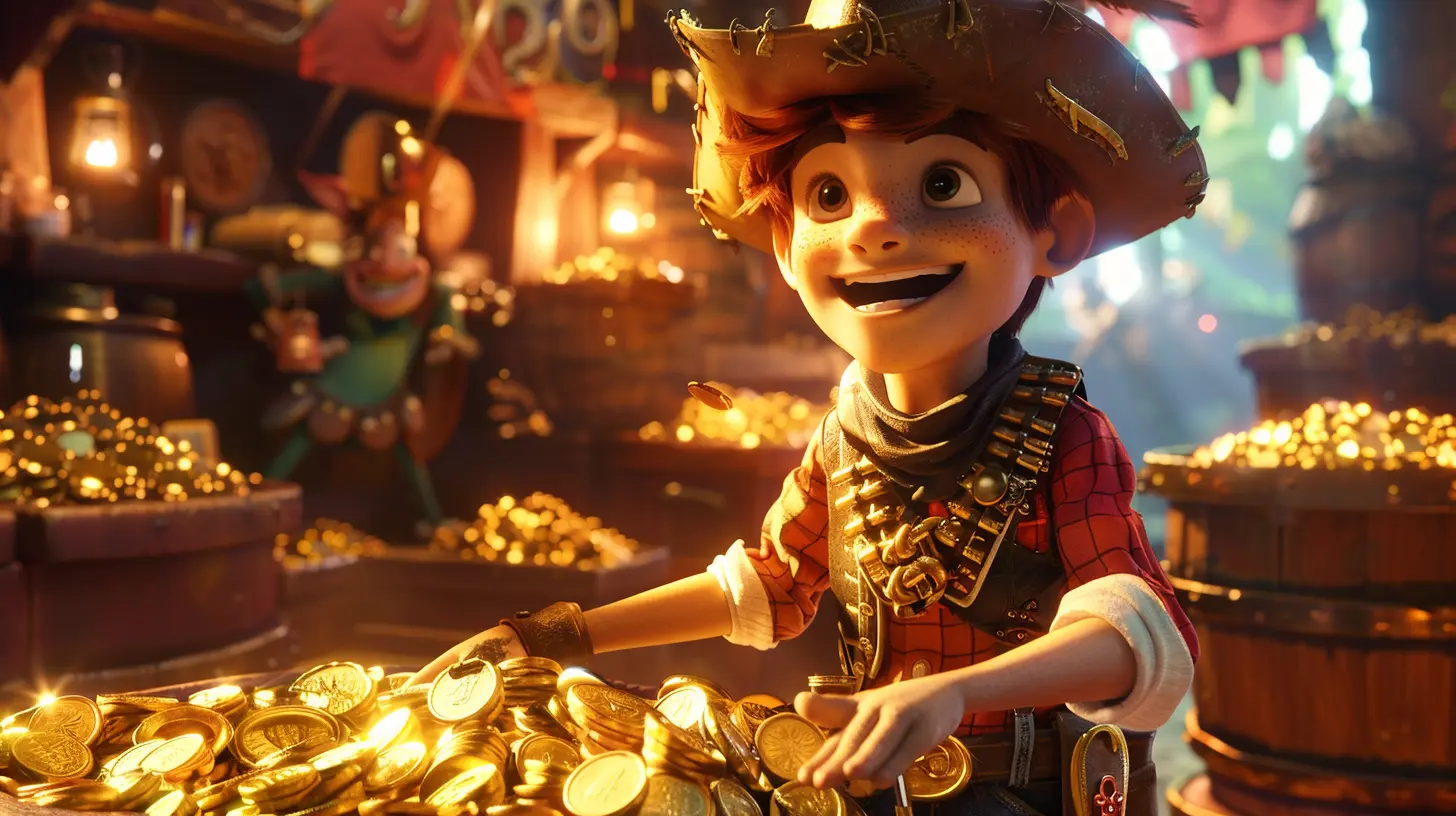
The Problem with Microtransactions
But here’s the rub—microtransactions often come at the expense of meaningful content. Remember when games gave you unlockable rewards based on skill or achievement? Now, it feels like every cool item is locked behind a paywall. Want that badass sword? Either pay up or spend 50 hours grinding, because apparently, your time is worth less than a cup of coffee.And it’s not just about money. Microtransactions have fundamentally changed the way games are designed. Instead of focusing on creating cohesive, immersive experiences, some developers prioritize player retention and monetization. They want you to keep logging in, keep grinding, and—most importantly—keep spending. It’s less about storytelling and more about ensuring you buy the next seasonal skin pack.
Are There Any Upsides?
Okay, I’ll admit, not all microtransactions are evil. Some games balance them pretty well. For example, League of Legends and CS:GO have been running on microtransactions for years without sticking their hands too far into your wallet. Plus, cosmetic-only purchases (where the microtransactions don’t affect gameplay) are at least a fair compromise.And some games manage to combine the best of both worlds. Titles like Destiny 2 or Final Fantasy XIV offer substantial content updates (some paid, some free) while also selling cosmetics on the side. It’s like having your cake and eating it too—except the frosting costs extra.
Can We Bring Back the DLC Era?
So, is there hope to bring back the golden age of DLC? Maybe. While microtransactions aren’t going anywhere anytime soon (because, let’s face it, they’re a cash cow), there’s still demand for high-quality DLC. Look at Cyberpunk 2077’s upcoming expansion, “Phantom Liberty,” or Monster Hunter: Rise’s “Sunbreak.” Players love meaningful content, and they’re willing to pay for it if it feels worth the price.The problem is convincing publishers to prioritize quality over short-term profits. And let’s be real—that’s like convincing your cat to stop knocking stuff off the table. It’s possible, but you’re gonna need some serious effort (or tuna).
The Bottom Line
So, is the golden age of DLC over? Yeah, kind of. Microtransactions have carved out a comfy spot in the gaming industry, and they’re not packing up anytime soon. But that doesn’t mean DLC is dead and gone—it’s just playing a smaller role these days.As players, the best thing we can do is vote with our wallets. Support games that deliver quality DLC and call out publishers when they get too greedy. If enough people say, “Hey, I’d rather spend $20 on a massive expansion than $2.99 on a pointless emote,” maybe—just maybe—the industry will listen.
Until then, let’s pour one out for the golden age of DLC. You were glorious while you lasted, buddy. Now, if you’ll excuse me, I’m off to not buy a $5 skin I’ll never use.

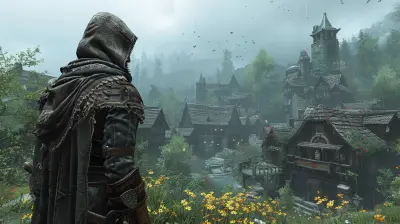



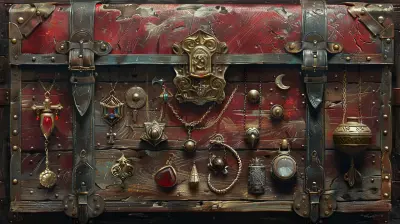
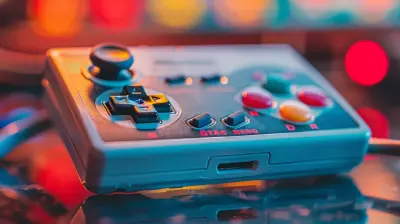
Amelia Middleton
Insightful article! Microtransactions certainly change the gaming landscape.
March 31, 2025 at 3:19 PM